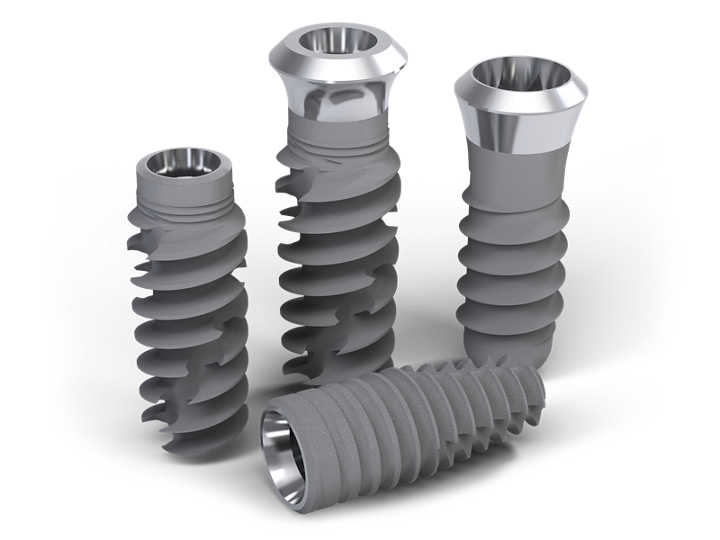Roxolid® is a high-performance alloy composed of 15% zirconium and 85% titanium, specifically designed by Straumann for use in implant dentistry. It features high tensile strength and excellent osseointegration capabilities, making it the material of choice for reduced invasiveness. Its properties allow for greater confidence and more treatment options through the placement of reduced diameter (Straumann® Bone Level Tapered Implant Ø 2.9 mm) and shorter implants (Straumann® Standard Plus 4 mm Short Implant), especially in cases where bone augmentation can be avoided.
Higher mechanical strength compared to titanium.1
Preserves bone and less invasive grafting procedures.2,3
More treatment options with smaller implants.
The excellent osseointegration properties of Roxolid® implants in combination with our SLActive® surface9,10 leads to reduced treatment complexity.4-7,11,12
Less invasive treatment plans (= faster healing and less post-operative discomfort) can help to overcome many patient doubts.
The successful use of Roxolid® has been documented in numerous clinical trials with up to 5-year follow-ups.8
Special conditions for Roxolid® implants: Straumann® Lifetime+ Guarantee.
Brochures and videos
Looking for additional information? You'll find them in the Resource Center.
